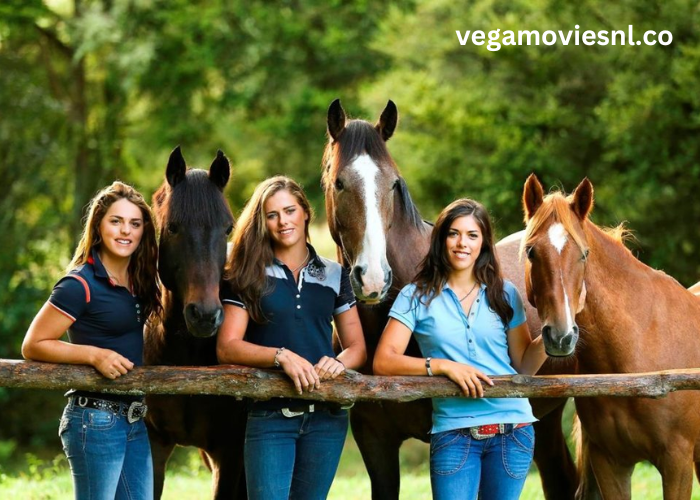Horses have captured human imagination and admiration for millennia. Their majestic presence and diverse roles in human society reflect an enduring bond that spans across centuries. From their origins as wild creatures roaming the steppes of Central Asia to their integral role in modern sports, agriculture, and leisure, horses have proven to be indispensable companions to humanity. Discover the latest courses and resources for casacourse. Enhance your knowledge and skills with our comprehensive online platform.
Ancient Beginnings
The story of horses begins in the prehistoric era, around 3500 BCE, when they were first domesticated on the vast plains of the Eurasian steppes. The Botai culture of Kazakhstan is often credited with early horse domestication, utilizing these powerful animals for riding and, eventually, for pulling carts and plows. This early partnership marked a significant turning point in human history, as horses revolutionized transportation and agriculture.
In ancient civilizations such as Mesopotamia, Egypt, and China, horses became symbols of power and prestige. They were featured prominently in art and mythology, often depicted as divine or heroic figures. In Mesopotamia, horses played a crucial role in warfare, with chariots becoming a key element of military strategy. Meanwhile, in Egypt, horses were associated with the gods and were used in royal hunting expeditions and ceremonial processions.
The Middle Ages and Beyond
The Middle Ages saw horses playing a central role in feudal society. Knights relied on their steeds for combat, and horses became emblematic of chivalry and honor. The image of the armored knight atop a powerful war horse became iconic, symbolizing both martial prowess and nobility. During this period, the breeding of horses also began to focus on specific traits, giving rise to various breeds tailored for different purposes, from heavy draft horses to agile and swift steeds.
The Renaissance and Enlightenment eras brought a renewed appreciation for horses, both for their practical uses and their aesthetic appeal. Art and literature of the time celebrated the grace and beauty of horses, while advancements in breeding and training further refined their roles. The 18th and 19th centuries saw the rise of equestrian sports such as dressage, show jumping, and racing, which continue to captivate audiences today.
Horses in the Modern Era
In the contemporary world, horses have adapted to a variety of roles, reflecting their enduring versatility and importance. In agriculture, horses have largely been replaced by machinery, but they remain valuable for certain tasks and in niche farming practices. In many parts of the world, they are still used for traditional practices and as working animals in rural communities.
Equestrian sports have flourished, with disciplines such as eventing, polo, and rodeo showcasing the exceptional skills of both horse and rider. The bond between horse and rider, built on mutual trust and communication, is a testament to the depth of the relationship that has evolved over centuries.
Additionally, horses have become beloved companions in recreational activities and therapeutic settings. Equine-assisted therapy has gained recognition for its benefits in improving physical and emotional well-being, demonstrating the horse’s ability to enrich human lives beyond traditional roles.
A Lasting Bond
The relationship between humans and horses is a remarkable example of how two species can grow together over time. From the ancient steppes to modern arenas, horses have been more than mere animals; they have been partners, symbols, and friends. Their adaptability and grace have secured their place in human history and culture, and their influence will undoubtedly continue to be felt for generations to come.
In the majestic world of horses, we see a reflection of our own journey—a partnership forged through mutual respect and shared experiences. As we look to the future, the bond between humans and horses remains a testament to the enduring magic and majesty of these remarkable creatures.
